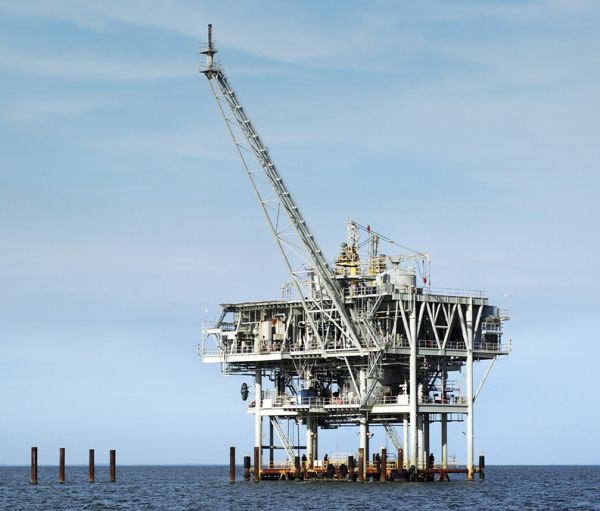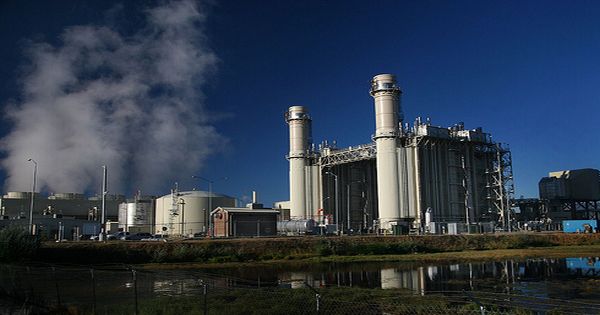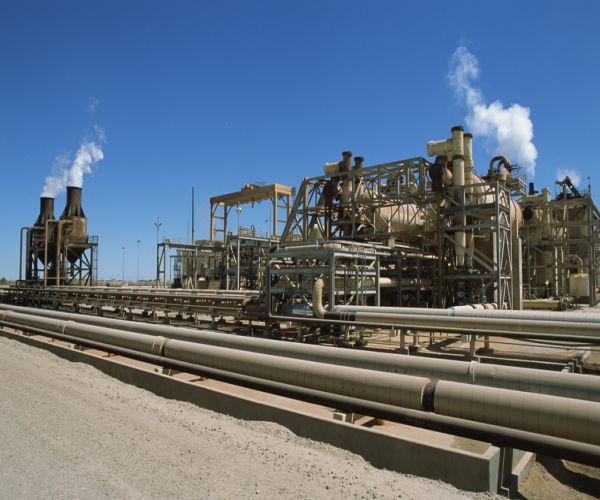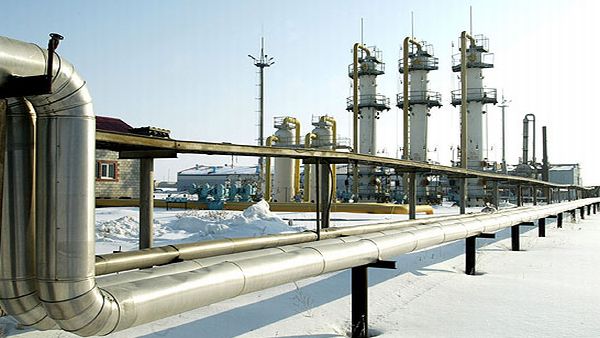
Natural Gas belongs to the family of fossil fuels, which continue to satisfy our ever-growing energy needs. It is a colorless and odorless gas, which on combustion, emits remarkably low levels of toxic gases and hence can be called a ‘clean’ gas. The existence of natural gas has been discovered as early as 1626. But, its usage as a combustible energy source became popular only after the advent of a way to transport the gas through pipelines. Today, it is being used to heat homes and boilers, generate electricity, operate appliances like ovens, water heaters.
Methane is the major component of natural gas. In its purest form, natural gas is almost pure methane and in this form it is considered ‘dry.’ On the other hand, ‘wet’ form of natural gas contains, in addition to methane, some other organic gases too, in minute amounts, like ethane, butane, propane and inorganic gases like carbon dioxide, oxygen, hydrogen sulphide, nitrogen. Further, other substances that aid in convenient usage of the gas by us are also added to the gas. For instance, Mercaptan, an odorant is added, so that any leakage of the gas from the pipelines can be easily detected.
The Good

Less Expensive:
The reason why natural gas is an appealing source of energy is that it is pocket-friendly. This is one of the reasons for the ever growing demand for natural gas. Natural gas is much less expensive than crude oil or gasoline or for that matter; it is much cheaper than many other fossil fuels. The more expensive crude oil tends to drive up the prices of gasoline and diesel, making them more and more unreachable every day and making natural gas dearer.
Safe For The Environment:
Combustion of natural gas does produce a large amount of toxic gases, such that the subsequent harm to the environment could be kept at bay. Natural gas could outride oil and coal when it comes down to emitting harmful combustion byproducts like sulphur dioxide, Nitrogen Oxides, Mercury and particulates into the atmosphere. As a result, natural gas is considered the ‘cleanest’ of all fossil fuels. Being dominated by methane in its composition, against the complex compounds present in coal and oil, combustion of natural gas mainly releases water vapor and carbon dioxide, the same gases released by us during exhalation.
Abundant:
The potential of natural gas is vast. Surplus gas shales could aid in meeting the planet’s constantly growing demands for energy. Also, exploiting the vast resources of natural gas scattered around the world would enable United States to attain self-sufficiency and subsequently, contribute to energy independence, as well as Europe to reduce its energy import. At the present rate of consumption, the currently available resources of natural gas could keep us going for almost another 120- 150 years.
Can This Be Better?
More developments in extraction with safe and thrifty usage of natural gas are on their way. With several measures for careful conservation and usage of natural gas in place, it is a promising source of energy- both less expensive and user-friendly. The various advantages of natural gas have made it possible to spread its roots in a variety of applications; starting from home-heating to transportation all over the world.
The Bad

Pipelines
Underground pipelines could be considered a major set back for natural gas usage. In the very beginning, the transportation of natural gas had posed a problem to mankind, because of which, in spite of its discovery many years back, it usage was not much in vogue. As time pass, we could successfully find solutions to the numerous problems that the transportation posed.
Yet, some persist till date.
- Natural gas can’t be used in its native form, but involves very complex treatments to make it fit for usage, which in turn, require large, sophisticated treatment plants.
- Its transportation from production regions to consumption regions requires elaborate transport system. To ensure its safe transport, effective operation of various classes of pipeline networks, control stations and SCADA systems and compressor stations is mandatory. Further, high quality construction, periodic inspection and ensuring the safety of pipelines should be in place.
Combustible
Combustibility problems of natural gas are two-fold.
- The long delay time between time of ignition and commencement of heat release. This delay is one of the factors hampering the development of natural gas- dependent engines in domestic cars.
- Another problem is the threat of methane explosions, which necessarily calls for various safety measures.
Extraction
The extraction of natural gas, just like transportation, follows a very extensive and complex procedure, requiring extremely skilled machinery, technology and human resources. More over, as the presence natural gas reserves or gas fields are vital in supporting the upper soil layers of the earth’s crust, depleting this vital component from the earth creates cavities, hollow spaces underneath, leading to sinking of soil into these spaces.
Can This Be Avoided?
Again, the answer to this question would be safe and conservative usage and adhering strictly to the proposed safety measures to prevent unpleasant situations. It is true that natural gas is a non-renewable source of energy. Yet, it being the cleanest fossil fuel and the large reserves would help the environment and could maintain a constant supply of energy.
The Ugly

Toxic:
The ugly side of natural gas gets reflected in its toxicity. Though it emits low levels of toxic gases into the environment, the gas, in its very native form can be toxic. Inhaling contaminated natural gas could cause cancer. Inhaling the gas could also cause natural gas poisoning (‘before burn’ fumes) and Carbon monoxide poisoning (‘after burn’ fumes).
Why Are We So Critical?
Natural gas does pose some problems, the main ones being its extraction and transportation. Also, inhalation of natural gas, due to leakage brings in various health problems, as mentioned earlier. Leaving the gas fields from which natural gas has been extracted without appropriate treatment could be toxic too!




